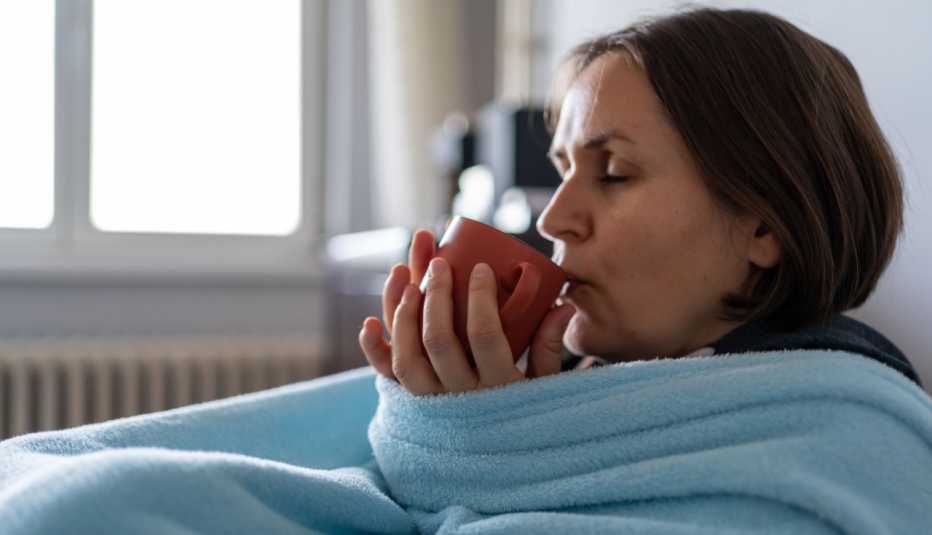Staying Fit


Considering the current landscape of respiratory threats — COVID-19, RSV, the flu — it’s easy to shrug off the common cold with precisely that: a shrug. After all, a cold is familiar, predictable … common. But that doesn’t make it across-the-board harmless, especially for people over 60.
“The common cold may seem like an inconvenience, but seniors should be wary as it can be a gateway for other ailments to affect the body,” says Xinqi (Mike) Ren, M.D., assistant professor in the Department of Family and Community Medicine at Baylor College of Medicine. “For people 60 and older, whose immune systems may not fight off harmful pathogens as effectively, a seemingly simple cold can lead to pneumonia, a serious lung infection, among other respiratory illnesses.”


AARP Membership— $12 for your first year when you sign up for Automatic Renewal
Get instant access to members-only products and hundreds of discounts, a free second membership, and a subscription to AARP the Magazine.
And now that many people are no longer masking and socially distancing, the cold is more common than ever. The culprit? For adults who’ve been previously infected, it’s waning immunity, according to a report in Nature. Normally, exposure to a virus like the cold helps the body fight it off by building up antibodies. The last few years, however, have been anything but normal, and in the absence of that exposure, there’s been a decline in antibody levels.
But this much hasn’t changed: There’s still no cure for the common cold. There are, however, a few ways to hasten your recovery.
First thing’s first: Rule out COVID, RSV, and flu
Congestion, runny nose, sore throat, cough, headache — all symptoms of a cold. But these are also symptoms of COVID. And RSV. And the flu. How to know for sure whether you’ve got something that will run its course after a week or so (i.e., a cold) and not something more serious? Get tested.
“The common cold, RSV, influenza and COVID can all begin with symptoms that resemble each other, so there’s a fair amount of confusion about when to get tested for what,” says William Schaffner, M.D., professor of infectious diseases at Vanderbilt University School of Medicine and medical director of the National Foundation for Infectious Disease.
His recommendation for people 65 and over? Get tested at the first sign of symptoms. You can test yourself at home for COVID-19; your doctor can run a test for flu and RSV. “The three really bad viruses [influenza, RSV and the virus that causes COVID-19] can produce serious disease in people 65 and over, particularly those who have an underlying illness such as diabetes, heart disease, lung disease.”
And the sooner you know what’s at the root of your symptoms, the sooner you can start your recovery. For instance, starting an antiviral such as Tamiflu within 48 hours after flu symptoms appear will help your body fight off the virus and reduce symptoms. The antiviral Paxlovid does the same for COVID sufferers who begin treatment within five days after symptoms kick in.

































































More on Health
Myth-Busting Old Wives’ Tales
When it comes to cold and flu remedies, here’s what works — and what doesn’t
10 Tips to Stay Healthy This Winter
Reduce your risks of getting hit with flu, COVID and other seasonal illnesses8 Medicine Cabinet Essentials for Cold and Flu Season
Keep these items on hand to identify and treat troubling symptoms